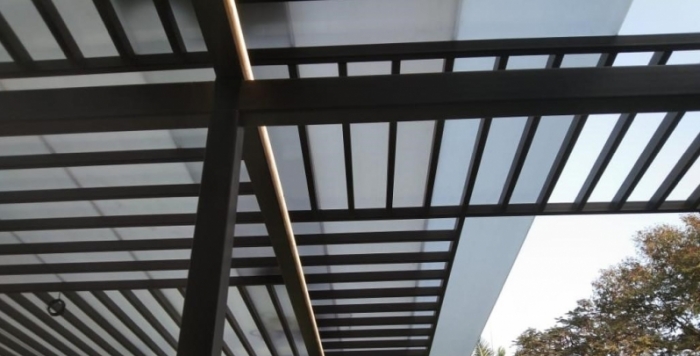

How to Estimate Polycarbonate Sheet Costs for Your Project
Estimating the costs of polycarbonate sheets for your project involves considering several factors, including material type, thickness, size, and additional features. Here's a step-by-step guide to help you accurately estimate the costs of polycarbonate sheets for your next project:
1. Determine the Project Requirements
a. Application Type: Identify the specific application of the polycarbonate sheets, such as roofing, glazing, or protective barriers. Different applications may require different types of polycarbonate sheets.
b. Sheet Size and Quantity: Measure the total area that needs to be covered and calculate the number of sheets required. Polycarbonate sheets are typically available in standard sizes, but custom sizes can also be ordered.
c. Sheet Thickness: Choose the appropriate thickness for your project. Common thicknesses range from 4mm to 20mm, with thicker sheets providing greater strength and insulation but costing more.
2. Select the Type of Polycarbonate Sheet
a. Solid Polycarbonate Sheets: These offer high impact resistance and clarity, making them ideal for applications requiring transparency and durability.
b. Multi-Wall Polycarbonate Sheets: These sheets have a layered structure that provides excellent thermal insulation and are often used in greenhouses and skylights.
c. Corrugated Polycarbonate Sheets: Known for their lightweight and durability, these sheets are commonly used in roofing applications.
3. Consider Additional Features
a. UV Protection: Polycarbonate sheets with UV protective coatings are more resistant to weathering and sun damage, making them more suitable for outdoor applications.
b. Anti-Glare and Anti-Scratch Coatings: These additional coatings can enhance the durability and functionality of the sheets but will add to the overall cost.
c. Fire-Retardant Properties: For projects requiring high safety standards, consider polycarbonate sheets with fire-retardant properties.
4. Calculate Material Costs
a. Unit Price: Obtain price quotes from multiple suppliers for the specific type, thickness, and size of polycarbonate sheets you need. Prices are often quoted per square foot or square meter.
b. Bulk Discounts: If your project requires a large quantity of polycarbonate sheets, ask suppliers about bulk purchase discounts.
5. Include Additional Expenses
a. Shipping Costs: Factor in the cost of shipping, especially if ordering large quantities or custom sizes. Shipping costs can vary based on the supplier's location and delivery distance.
b. Installation Costs: Estimate the cost of labor for installing the polycarbonate sheets. Installation costs can vary based on the complexity of the project and local labor rates.
c. Accessories and Hardware: Don't forget to include the cost of accessories such as screws, sealants, and framing materials required for installation.
6. Account for Waste and Contingencies
a. Waste Allowance: Include an additional 5-10% of material to account for waste, cutting errors, and future repairs.
b. Contingency Budget: Set aside a contingency budget (typically 10-15% of the total estimated cost) to cover unforeseen expenses or changes in project scope.
Example Cost Estimation
Let’s consider a hypothetical example to estimate the cost of polycarbonate sheets for a small greenhouse project:
Project Specifications:
- Area to be covered: 200 square feet
- Sheet type: Multi-wall polycarbonate sheets
- Thickness: 6mm
- Additional features: UV protection
Cost Breakdown:
- Unit price: $3 per square foot
- Number of sheets required: 200 square feet
- Total material cost: 200 sq. ft. x $3 = $600
- Shipping cost: $50
- Installation cost: $300
- Accessories and hardware: $50
- Waste allowance (10%): 20 sq. ft. x $3 = $60
- Contingency budget (10%): $60
Total Estimated Cost:
- Material cost: $600
- Shipping cost: $50
- Installation cost: $300
- Accessories and hardware: $50
- Waste allowance: $60
- Contingency budget: $60
- Total: $1,120
Conclusion
Estimating the cost of polycarbonate sheets for your project involves careful consideration of the project requirements, material type, additional features, and potential additional expenses. By following these steps, you can create a comprehensive budget that ensures your project stays on track and within financial expectations.
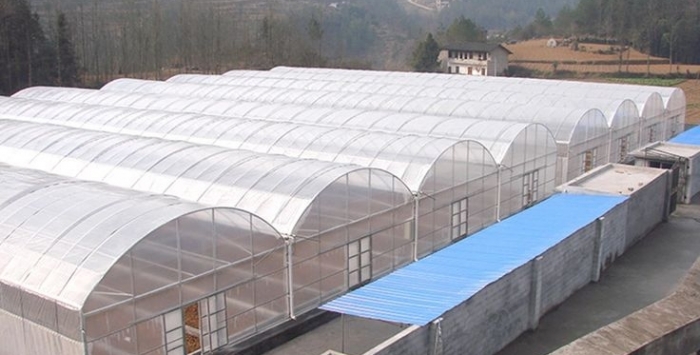 Turn their house into a home wit...
Turn their house into a home wit...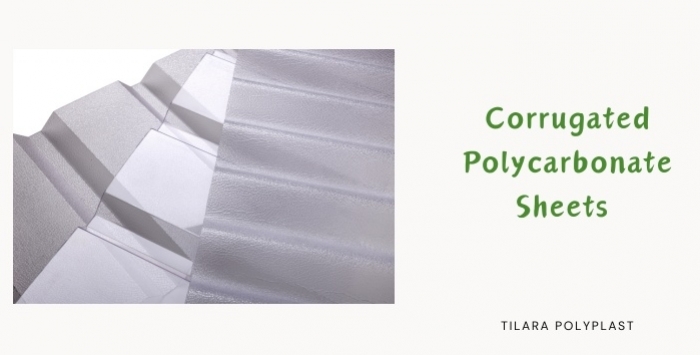 Corrugated Polycarbonate Sheets ...
Corrugated Polycarbonate Sheets ... Seasonal Variations in Acrylic S...
Seasonal Variations in Acrylic S...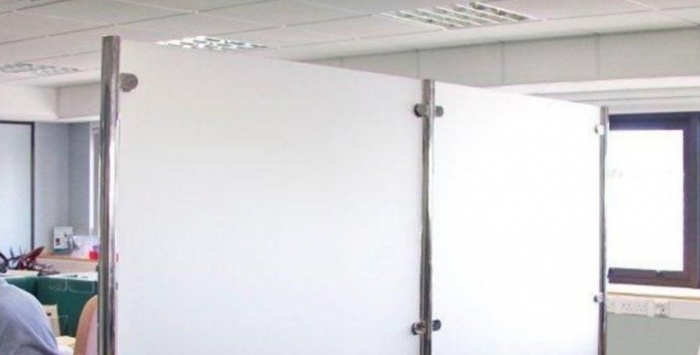 How Acrylic Design Sheets Can Tr...
How Acrylic Design Sheets Can Tr...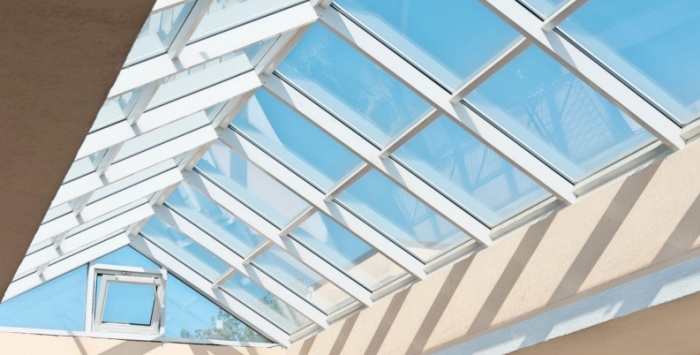 Tips for Finding Affordable Roof...
Tips for Finding Affordable Roof...